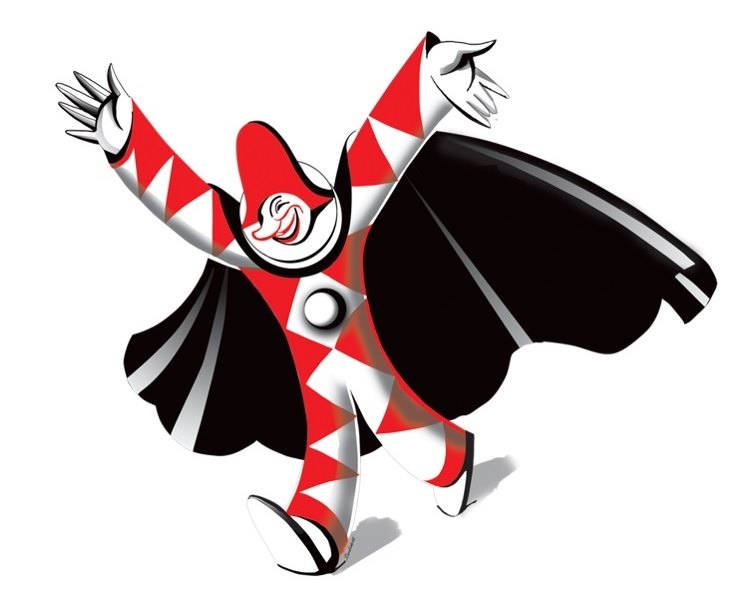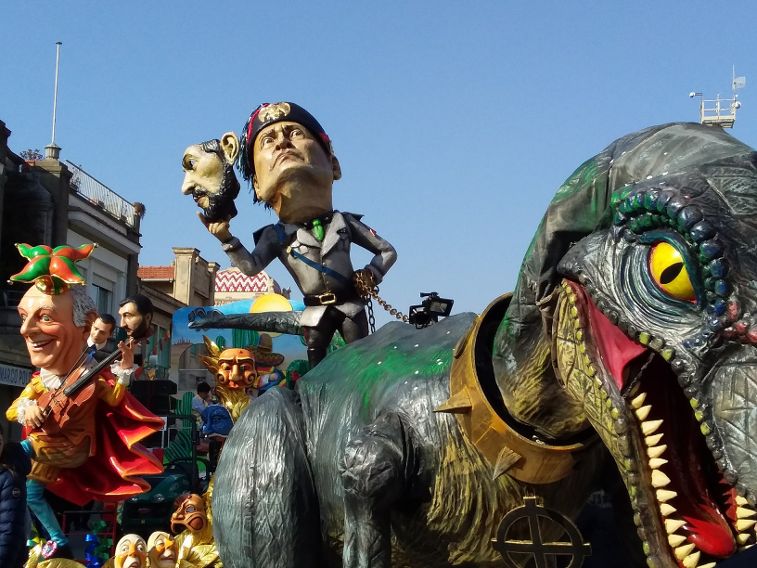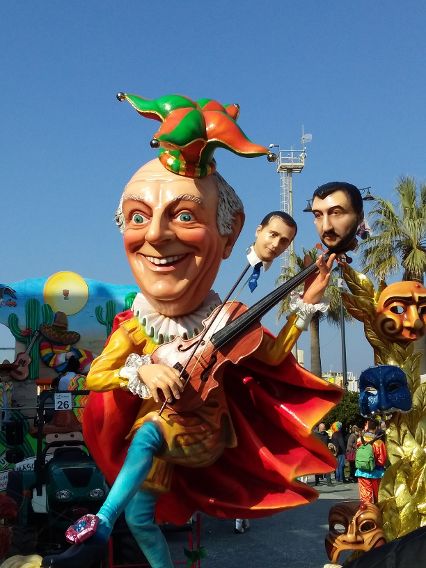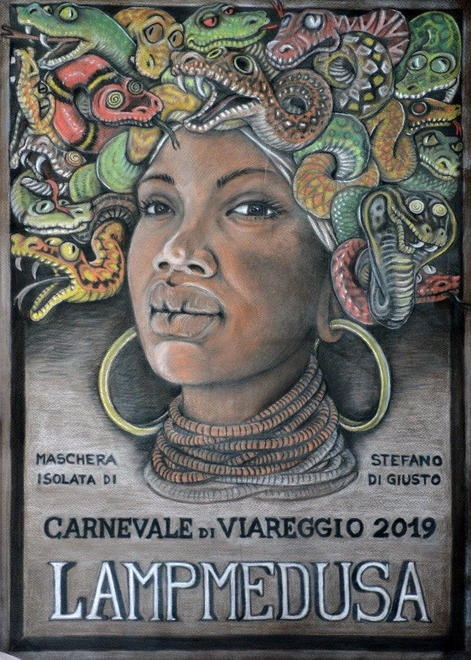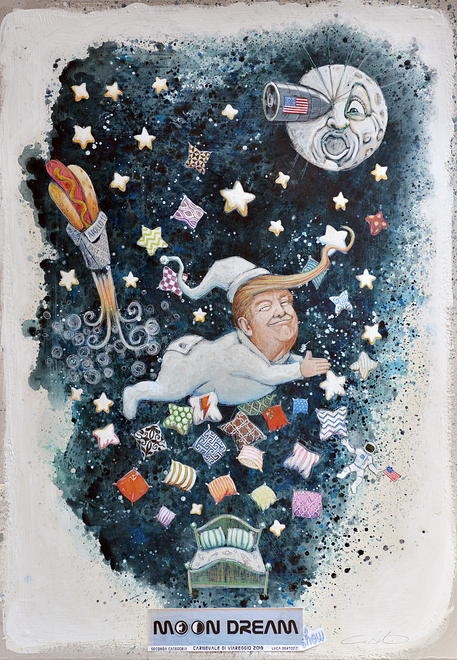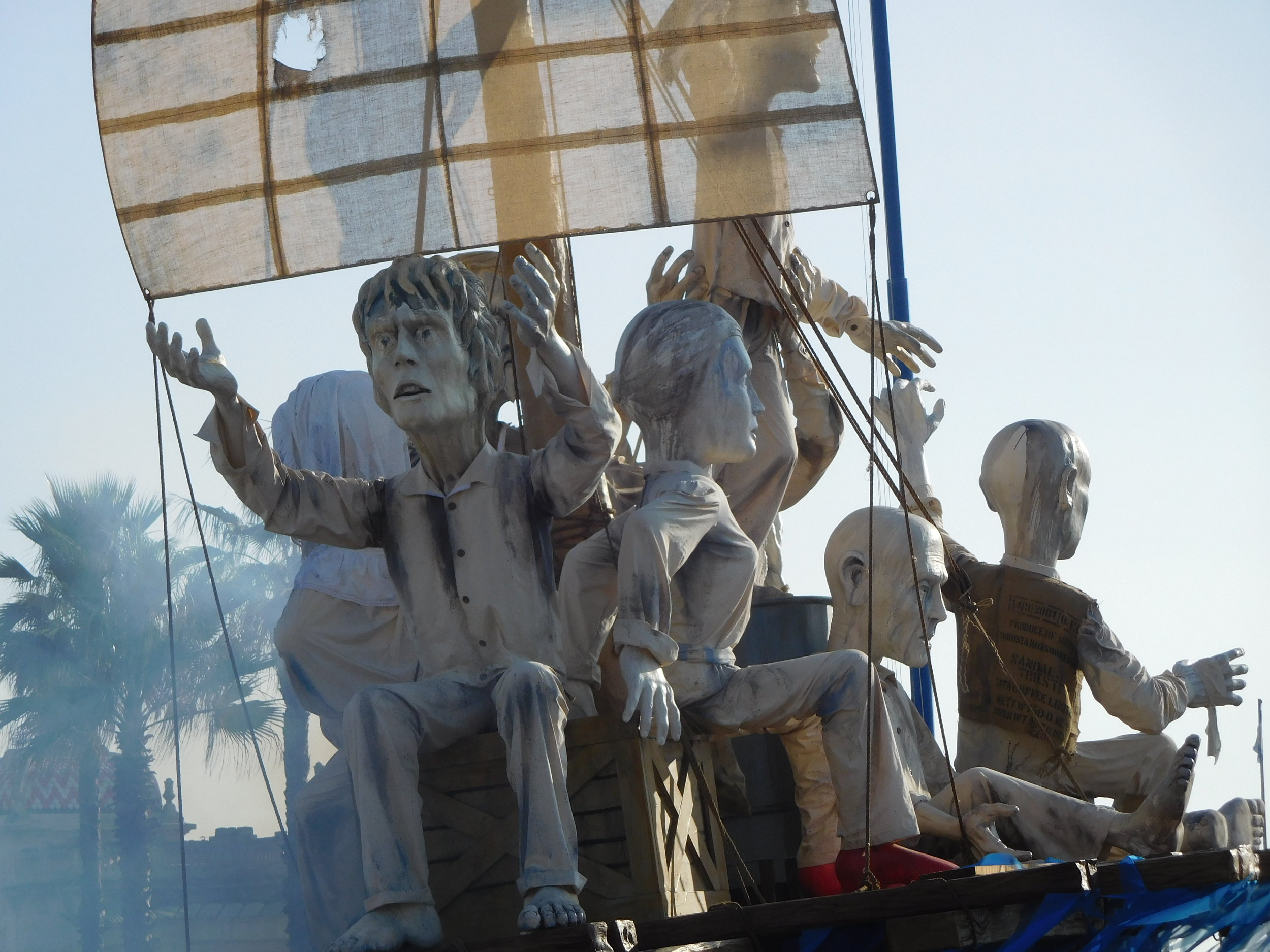Camellias and Tea with a Japanese Flavor in Tuscany
The camellia (camelia in Italian) is a prized flower in the area of Tuscany around Lucca. So much so that each spring there is an annual camellia festival that takes place in some of the villas in the countryside around Lucca and in the small town of Sant’Andrea di Compito.
I was able to visit Sant”Andrea during the festival in 2018 and was enchanted by the town, the festival, and those lovely flowers.
My memories were so wonderful that I was looking forward to making a return visit this spring.
This year the Antiche Camelie della Lucchesia festival marked its 30th anniversary with a special celebration that combined the beauty of the flowers (scientific name Camellia Japonica) with an exhibit reflecting the Japanese culture from which the flowers get their name and from where they were originally imported to Italy.
Ribbon cutting ceremony to open the exhibit at the Antiche Camelie della Lucchesia festival, 2019
The focus of the Japanese exhibit was on tea - growing, processing, and serving. The connection with tea is that a species of camellia (scientific name Camellia Sinensis) provides the leaves used in making tea. Along with the many beautiful flowering camillias, there is also a garden in Sant’Andrea where the tea plants are grown.
Tea plants are raised in the Antica Chiusa Borrini, a large walled garden in Sant’Andrea di Compito.
The Japanese exhibit included a demonstration of the antique method of processing tea leaves by hand - a labor-intensive process that involves kneading the fresh green leaves over a heated surface to elongate and dry the leaves. The process takes five hours.
Processing the newly harvested tea leaves the old-fashioned way - kneading over a cloth-covered surface heated from below
There were also tea tastings (delicious!) and displays of Japanese tea accoutrements including tea pots, whisks, and cups, as well as a market selling a variety of Japanese items.
Of course there was also the traditional annual display of camellia blossoms, a plant market, and artisan stands. After visiting the market we strolled through town, admiring the beautiful houses, villas, stone walls and gardens - with the camellia as the star among flowering forsythia bushes, fruit trees, and wildflowers.
The entrance to the garden of Villa Borrina
I enjoyed finding this unexpected bit of Japan in Tuscany and learning the history of the camellias, both their visual beauty and their flavorful use in tea. Italy is full of delightful surprises. -post by JMB
Sant’Andrea di Compito on a lovely early spring afternoon


























